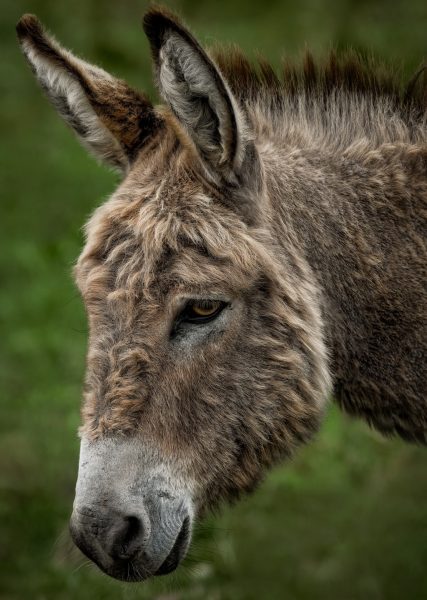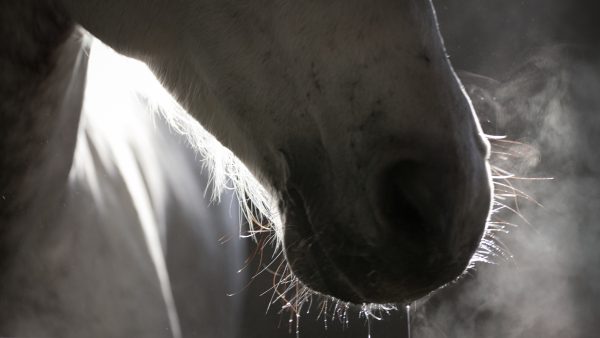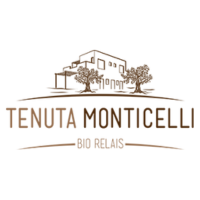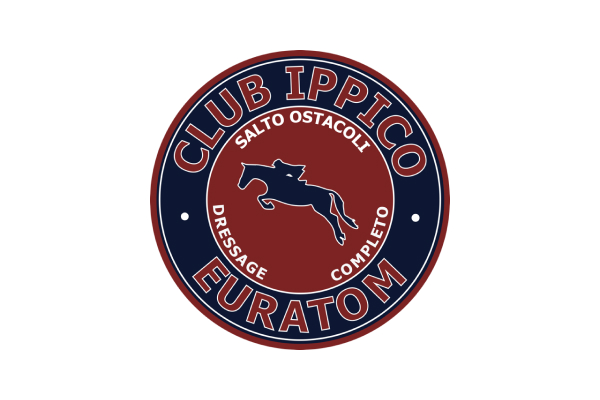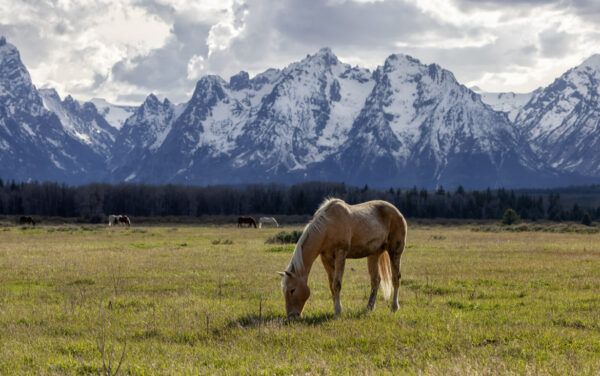
Equestrian Tourism and Biodiversity: Impacts and Benefits
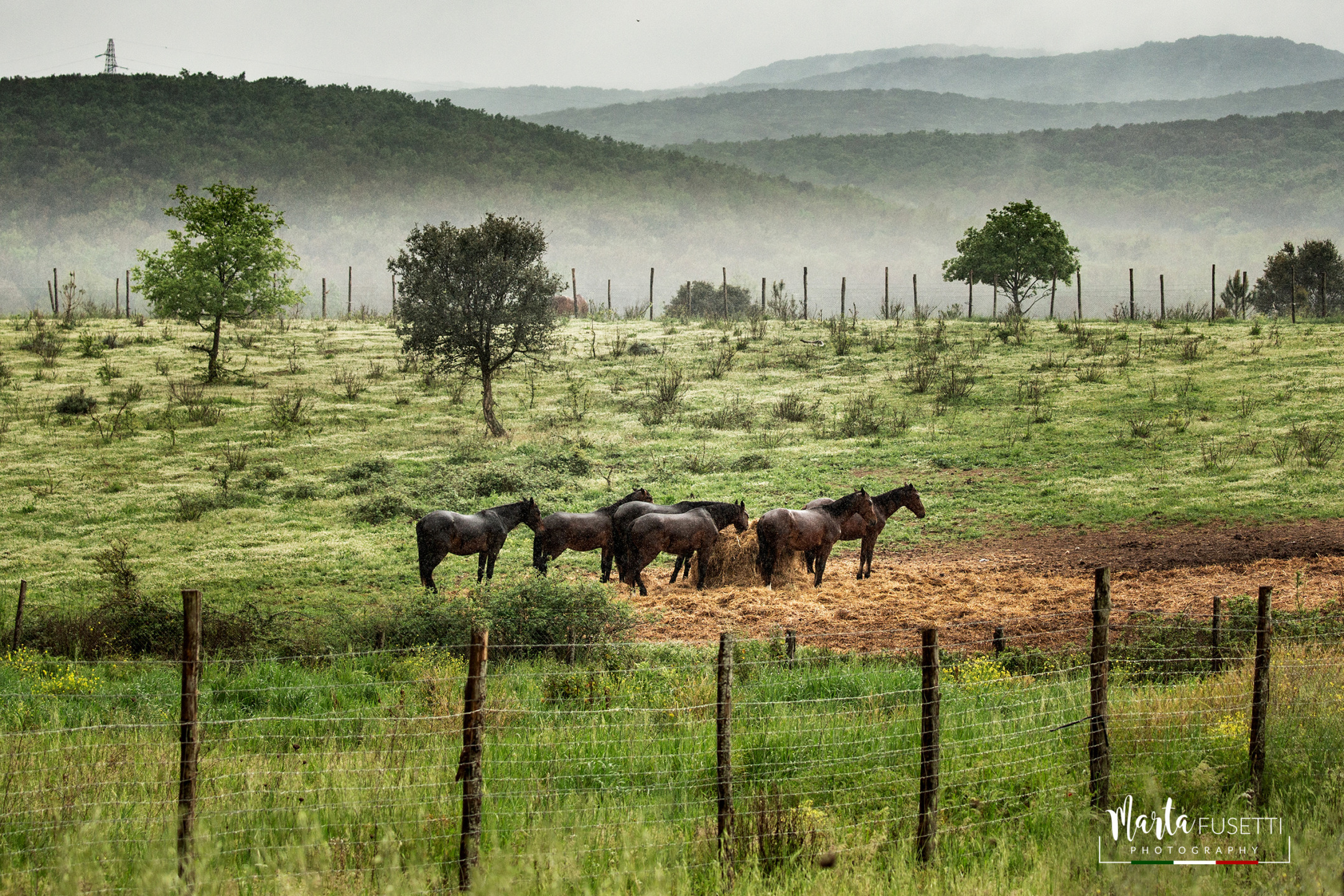
Equestrian tourism can impact biodiversity in various ways, both positively and negatively
Equestrian tourism is a form of recreation involving the use of horses for exploration and enjoyment. In this type of travel, participants have the opportunity to experience activities related to horses, such as horseback riding, trail rides, riding lessons, horse trekking, and more. Equestrian tourism can take place in various settings, including rural landscapes, natural parks, beaches, mountain trails, and even urban centers. Horse enthusiasts, adventurous tourists, and nature enthusiasts often engage in these activities to explore new places uniquely and interact with horses.
This type of vacation offers opportunities for discovery, adventure, and relaxation, allowing participants to connect with nature and local culture while experiencing the equestrian world. However, it is important to bear in mind that this activity can have an impact on the environment and biodiversity, as it can influence natural habitats, agricultural lands, and local communities. Equestrian tourism can ultimately affect biodiversity in various ways, both positively and negatively.
Positive Aspects of Biodiversity Conservation
Some of the positive aspects include the conservation of open lands. In certain rural areas, equestrian tourism can contribute to this type of conservation by preventing the conversion of agricultural or natural lands into urban developments. This can preserve natural habitats and promote biodiversity.
Pasture Management
Well-managed horse grazing can contribute to maintaining healthy grassland ecosystems. The grazing action of horses can help control excessive plant growth, promoting the growth of native grasses and plants. This, in turn, enhances the diversity of plant species and creates habitats for insects, birds, and small mammals, restoring natural habitats. This can contribute to the creation of nesting areas for waterfowl and native flora and fauna species.
Another aspect to consider is the lower environmental impact. Horses do not produce polluting emissions, such as greenhouse gases or air pollutants. This can help reduce negative impacts on the environment and maintain cleaner air and water.
Interaction with horses can be used for educational purposes, promoting understanding of nature and the importance of biodiversity. This can lead to greater environmental awareness among riders and horse owners. Regarding the dissemination and knowledge of this animal, children can easily be approached through Educational Farms and projects can be created with schools and guided tours.
Conservation of Native Horse Breeds
Some horse breeds are at risk of extinction, and in this case, raising awareness can promote the conservation of these breeds, as it often requires the use of local or traditional horses.
Negative Impacts on Biodiversity: Disturbance of Natural Habitats
Horse activity can disturb natural habitats, disturbing local wildlife. For example, noise and human presence can drive wildlife away from areas frequented by riders. Another concern is potential soil erosion. The constant trampling of horses can contribute to soil erosion, especially in sensitive environments such as coastal areas and mountainous terrain.
Pollution. Activities related to equestrian tourism can produce waste such as litter and horse droppings, which if not properly managed, can cause water and soil pollution. In some regions, excessive equestrian tourism can lead to overcrowding, putting pressure on the environment and local biodiversity.
To mitigate the negative impacts of equestrian tourism on biodiversity, it is essential to adopt sustainable management measures, such as defining capacity limits, establishing designated trails, promoting area cleanliness, and providing ecological guidance to participants. Additionally, training for equestrian activity managers and cooperation with local communities can play a crucial role in ensuring a balanced coexistence between equestrian tourism and biodiversity.
Sources: World Tourism Organization (UNWTO) Unione Internazionale per la Conservazione della Natura (IUCN) Organizzazione delle Nazioni Unite per l’Alimentazione e l’Agricoltura (FAO)
© Rights Reserved.




